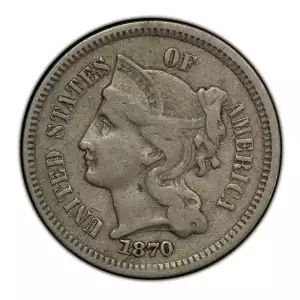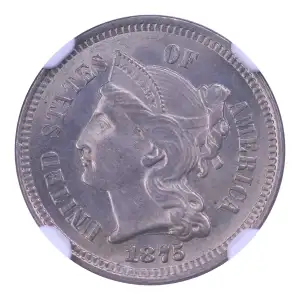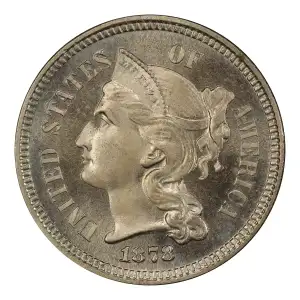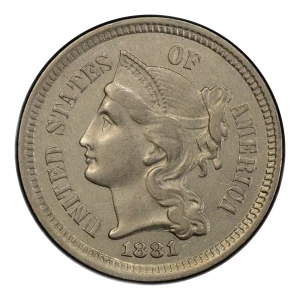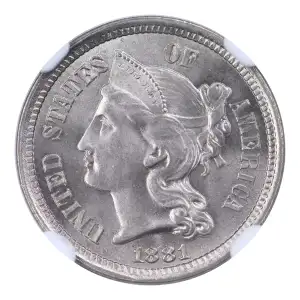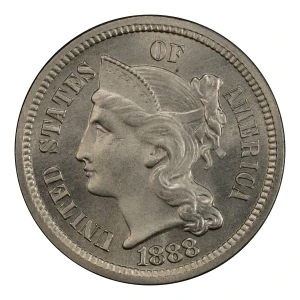- Sell to Us
-
Coins
-
Gold
-
Silver
-
Platinum
-
Palladium
-
Paper
- Safes
- All Products
- Want List
- Services
- News
-
Supplies
- Silver & Gold Books
- Proof & Mint Coinage Books
- Type Coinage Books
- Commemorative Books
- Error and Variety Books
- Ancient Books
- World Coins & Currency Books
- Paper Money Books
- Check List & Guide Books
- Grading & Counterfeit Detection Books
- General Coins, History & Literature Books
- Pricing & Identification Guide Books

